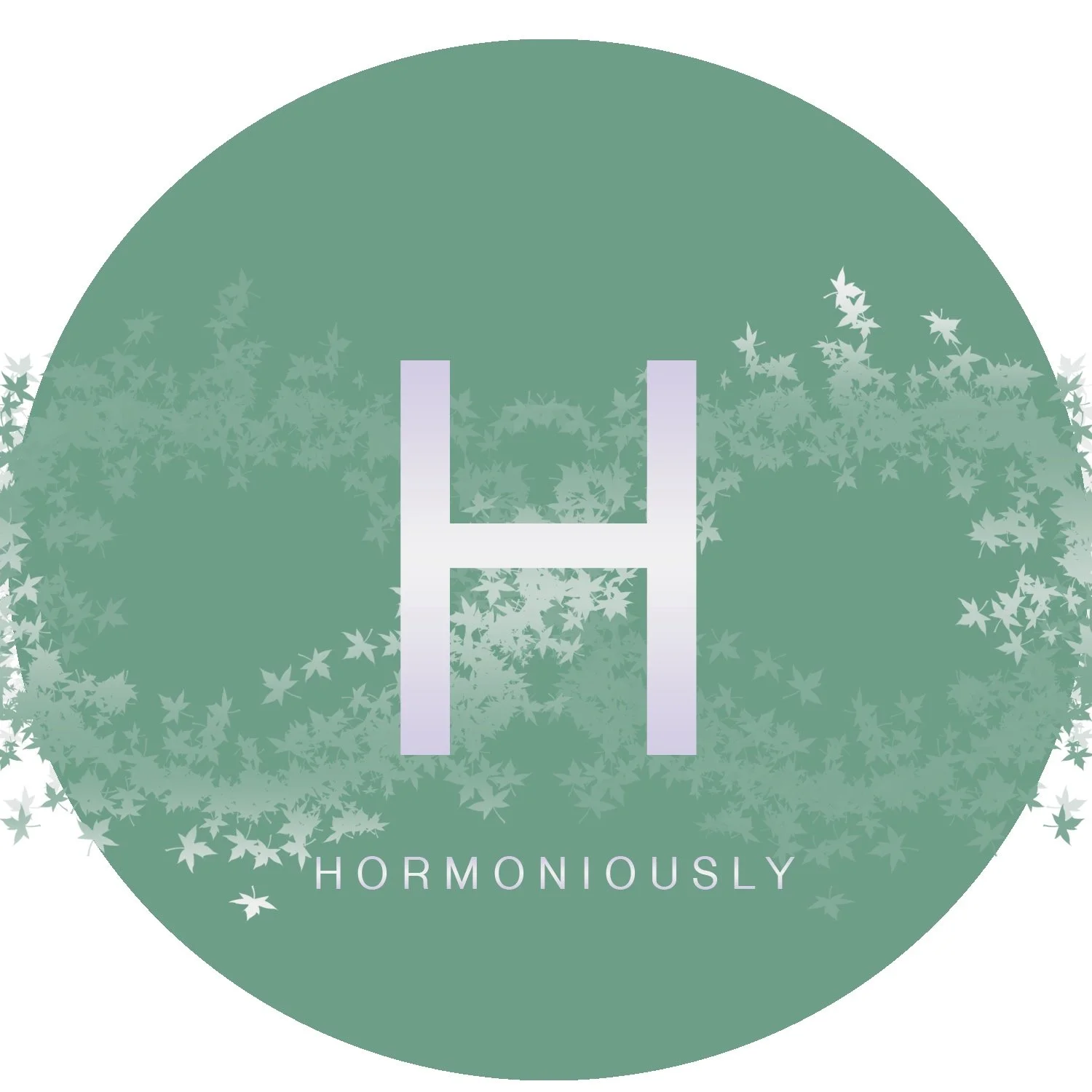Today on National Menopause day I wanted to dispel a few very common misunderstandings about menopause…
Most people mean perimenopause when they use the word menopause
Menopause, rather like National menopause day is ONE day. It marks the 12 months since the final period. Anything after that point is post-menopause. Whereas perimenopause is the time around menopause AKA the years leading up to it and when all the symptoms start. For many who use forms of hormonal birth control to manage their symptoms and don’t have periods, it can be incredibly difficult to pinpoint menopause because they don’t have a cycle.
Not all symptoms are due to low Oestrogen
There are actually many women going through perimenopause who experience very high levels of oestrogen. During the perimenopausal years, our oestrogen fluctuates a lot, both high AND low. It is really important to check what your levels are before considering hormonal support like HRT. For some, initially focusing on supporting oestrogen detoxification and supporting healthy and regular digestion can be useful to manage symptoms.
There is a fine line between Burnout and Perimenopause
The physiological changes in perimenopause and menopause are linked to changing and eventually declining ovarian hormone production. It is our trusty adrenals (the big player in the stress response) that take over the responsibility of making our testosterone and oestrogen ongoing. There is a reason age 45 - 55 is referred to as the squeezed generation. Those working are at the height of their career, meanwhile concerned about the health of vulnerable family members as well as potentially caring for a family unit of their own. The adrenals are already working pretty damn hard, to add more to their to do list can often be the tipping point. Make sure stress management and supporting a healthy stress response is in your perimenopause/ menopause management plan.



